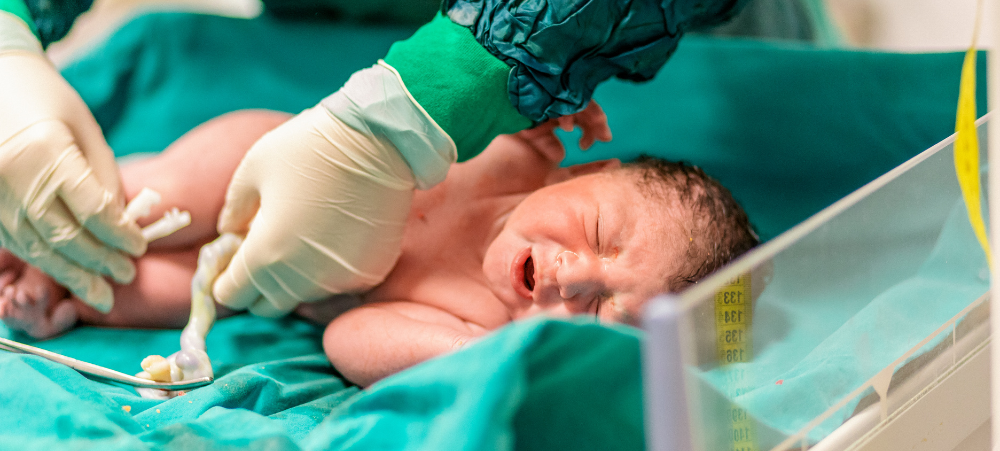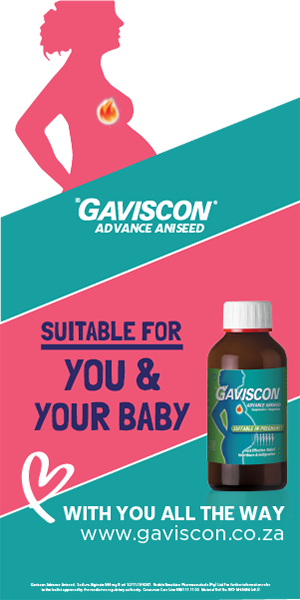
Due soon? What to include in your hospital bag
With your due date fast approaching, this is a very exciting, yet stressful time for most moms to be. Here is a great list of what to pack for the big day! Ideally, you should have your bag ready to go by 36 to 37weeks, apart from the last minute grabs such as your tooth brush and phone charger. Please see our extensive list of the essential items and also items to make you feel more comfortable for mom and baby (and dad, of course!) Baby Car seat – Many hospitals won’t let you leave without one. Please make sure you know how to strap baby properly into the seat and the seat is secure in the car. Safety first! A going home outfit: It’s important to keep baby skin to skin (this means no clothes on baby; only a nappy) for as long as possible, as this promotes growth, bonding and a calming period for you and your baby. When it’s time to go home, pack different outfits in different sizes as you don’t know how big or small baby will be. Aim for an outfit in Newborn sizes, and 0-3 months. Don’t forget a beanie or socks if the weather is cold. Blankets or Muslin wrap to keep baby nice and cosy. Bottles – If you are going into the hospital knowing you are going to bottle feed, take your bottles with. The hospital usually supplies the formula, but if you have a preferred brand, take some along. If breastfeeding doesn’t work for you, don’t stress! The nurses will provide the bottles and formula. Nappies and wipes to keep baby clean and dry. The nurses in the hospital will show you how to change baby if you are a first time mom. Mom Your medical aid information, your pre authorization/ doctors forms, your ID card and all other important documents you may need. Keep this safely in a folder all together to avoid any stress. A robe or dressing gown – This is such a handy item to have to cover up and make you feel comfortable Pyjama’s that button down at the front – If you are breastfeeding it’s a lot easier to undo the buttons than lift your top continuously. Comfortable, soft and loose pants such as lights weight shorts, stretchy leggings or sleep pants are ideal. Maternity pads and disposable breast pads. Nursing bras are also wonderful and offers great support for breastfeeding moms. Slippers or slip in shoes. Your feet may be a little swollen after delivery, so don’t feel bad leaving the hospital in the snuggest and easiest pair of shoes you can slip into. Slipper socks also work great. Cotton underwear, preferably in a dark or black colour. One that fits you well but rises above the uterus. This is good for moms who have a caesarean section and natural birth as it offers support and doesn’t cause pain along the wound site. Nipple cream – If you’re planning on breastfeeding, your nipples will be happy you are being so proactive. Toiletries – You will want to brush your hair and have a shower after baby has arrived. Take your shampoo, face cream, lotion and body wash, as well as your toothbrush and toothpaste. Deodorant, lip balm and extra hair ties are also a great items to have on hand. Cell phone charger – Because your phone will be full of photos of your new addition to your family. Water bottle and snacks. Take a reusable water bottle as its very important to keep hydrated during and post-delivery. Snack on dried fruit and wine gums to keep your sugar up and to give you energy (with permission from your midwife or doctor of course) A magazine or book, your laptop or some music. Labour may sometimes become a little long. It’s good to keep busy. Most hospitals and birthing clinics supply towels, pillows and blankets. If you have a favourite, take yours along to the hospital. A set of clothes to go home in. Your make up bag and straightener or curling iron. While you won’t be focused on looking great during labour, you may want to take some photos after the birth of your little one. Get someone to help you and make you feel good about yourself (and the great work you’ve just done!) Dad/Birthing partner Camera – Take photos! Lots of them. This is a great job for dad to do during birth. It will make them feel a lot more involved. Snacks: Another great job for dad. Full his bag with plenty of snacks and treats that you can both enjoy during your stay. Comfortable clothes – As he may be sitting with you for quite some time, let him pack some tracksuit pants, t shirts, slippers and hoodies. Extra underwear is also a winner if he is staying overnight. Chargers – For phones, laptops and cameras. The longer the wire, the better, as most plug outlets are likely to be far from you. Toiletries – He may want to freshen up during the course of your stay. Many private hospitals offer you a baby bag when you are admitted for delivery. This is a great item and will contain most, if not all baby’s toiletries such as soap and creams. If you forget something, it’s not the end of the world. The nurses may be able to help or someone can go to the shop for you. All baby ideally needs is a clean nappy, milk, and most importantly, you.































